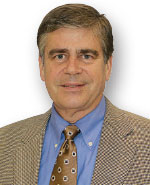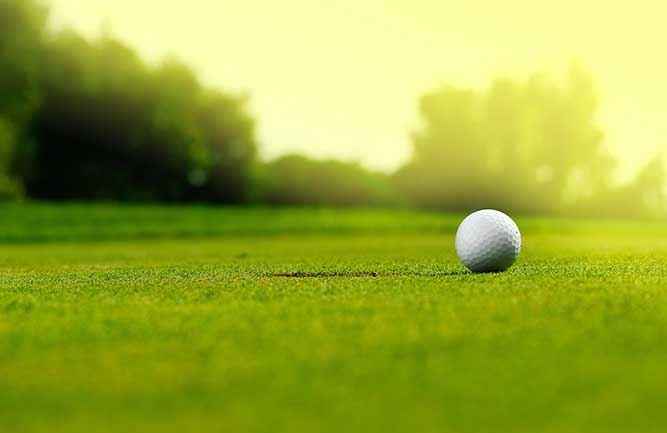Another dimension: The Golf Zone

Karl Danneberger, Ph.D.
I appeared live this May on the TV show “Golf Zone” on Fox Sports Ohio. My segment was on golf course coring or aerification, and it consisted of a short video followed by 10 minutes of give and take between host Jimmy Hanlin and me.
The spot was made possible by the GCSAA chapter outreach grant program, which accepted proposals from local chapters designed to generate awareness of the superintendent profession. All five Ohio GCSAA chapters participated and matched the grant from GCSAA.
Brian Laurent, executive director of the Ohio Turfgrass Foundation, coordinates appearances on the spot, which appears weekly. The first spot was done by Mark Jordan, natural resources leader at Westfield Group Country Club, who discussed the then-upcoming “Turfgrass Week in Ohio” a week before my appearance. The Golf Zone is available to several million subscribers in Ohio and surrounding states and is the most popular golf show in the region.
I asked Brian why the chapters decided to go through the summer with a weekly live segment on the show instead of some form of professionally developed commercial. “Commercials are a crapshoot,” he said, “with people getting up to get a beverage during breaks, and with DVR, some would record and fast forward.” My experience with live TV is that it’s best that viewers record then fast-forward through my segments.
After the introductory video, the first question asked of me was, “Why do golf course superintendents always core or aerify when the greens look their best?” As many of you know from being a student of mine, hearing me speak at a conference or reading this column, I rarely just answer the question. I often reply with a story or an analogy.
My reply went like this: “Have you ever bought a 1960s or early 1970s muscle car?”
On the outside, most classic cars have a nice paint job with new tires and rims and from 25 yards away look fantastic. But upon closer examination — usually after you’ve bought it — you find the undercarriage, floorboards and rear frame rails are rusted, and maybe the quarter panels are full of bondo. That doesn’t include engine and transmission issues. From people I know who have ended up in this situation, restoration costs can range from $50,000 to $100,000 or more. And maybe you will get your car back in a year or two.
Coring allows us to keep the underside of the turf clean and in working order. Controlling and topdressing allows you to manage organic matter build-up (something like preventing rusting) and provides improved air porosity for better root growth (kind of like tuning the engine). Done on a regular basis, this may result in a few days of closing the course, but that’s better than turf declining so much that the greens are out of commission for months.
My segment ended after a few more questions, and I started the trip back to Columbus. Traveling back gave me a chance to reflect on what transpired. First of all — no surprise to golf course superintendents — the majority of golfers don’t have a clue about what goes into managing and manicuring a golf course.
Some say golfers don’t care. I don’t think that’s true. My teaching experience tells me that students both male and female outside of our major are curious about what goes on a golf course and what it takes to make them look the way they do. These students, however, don’t want to be burdened with a lot of technical stuff, which can be said for golfers.









